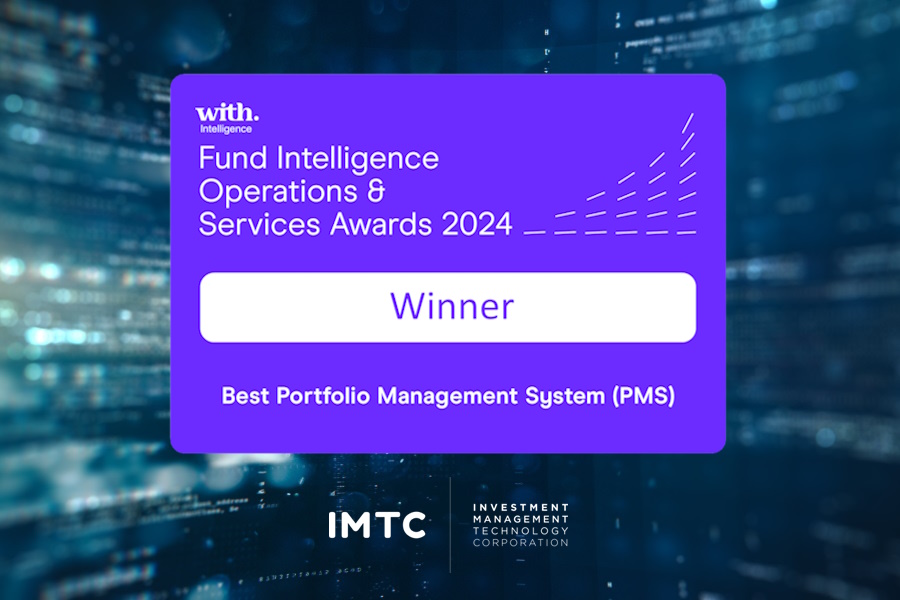In a world where technology is consistently displacing traditional business models, a forward-thinking manager must always be in tune with the latest trends affecting their industry. The fixed income markets, expansive in size but operationally deficient, are on the chopping block of change. We believe portfolio optimization is the next frontier, enabling fixed income investment managers to overhaul their desk’s productivity while realizing the alpha-add of data science and cloud computing.
While sector specialists exist in fixed income, covering niche industries and segments of the market, the amount of available data is far too vast for any human to effectively synthesize it all – let alone utilize this data set in the context of a portfolio optimization exercise. Market dynamics within the fixed income space create additional hurdles. Bid-ask spreads and transaction costs are dramatically higher in fixed income relative to equities, resulting in liquidity issues. Combined, these factors make it extremely difficult for managers to identify unique opportunities in the markets that can generate alpha for their portfolios. The concept of optimization has become progressively complex. Traditionally, optimization was considered in the context of asset allocation across stocks, bonds and alternatives, establishing the optimal level of fixed income exposure that should exist within a diversified portfolio. From there, optimization models evolved to provide allocation recommendations within the sector and, in certain instances, sub-sector of the specific asset class. Today, advanced tools deploy unprecedented computational power to recommend the purchase and sale of individual securities based on liquidity and availability in the market. Surpassing the capacity of any mere mortal portfolio manager or trader, software can evaluate all available inventory and propose optimal trades based on a specific performance or risk metric, relative to the portfolio’s target benchmark.
The next wave – tomorrow’s optimization module
Cutting-edge portfolio optimization tools available today, among them IMTC and a handful of other providers, take optimization one step further. These tools recommend securities for purchase and sale while accounting for each portfolio’s unique guidelines and constraints. Traditionally, this was an extremely difficult undertaking given the nuance of investment strategies and compliance guidelines that must be maintained for institutional client portfolios. Our current solution provides investment managers operating leverage by mitigating manual portfolio reviews and automating tedious rebalancing exercises. However, our team continues to push the boundaries of financial technology further by incorporating machine learning into our optimization tool. Rather than trying to build a model that is all-encompassing, we’re designing predictive models that will account for sector nuance, trading cycles and human bias. Because corporate financials have characteristics that differ from general obligation municipal bonds, these sectors need to be accounted for with unique algorithms, then standardized to enable comparison. This is no easy feat. We are working towards delineating between security attributes in such detail that our tool will go so far as to account for the distinctions between short-term and medium-term securities from issuers within the financials sector, with market caps above $100 billion. We believe portfolio optimization tools stand to transform the operations of traditional asset managers’ organizations. Financial technology will enable managers to synthesize immense amounts of data, automate previously manual and tedious processes, and more efficiently manage their businesses. There is no finish line on this race. As advanced technology in the artificial intelligence space continues to evolve, so too will the technology needs of the fixed income investment manager. We hope you’ll work with us to meet those needs. Talk to our team today.
Want to learn more about fixed income portfolio optimization and how it’s simplifying portfolio managers’ allocation methods? Check out our blog here >>










